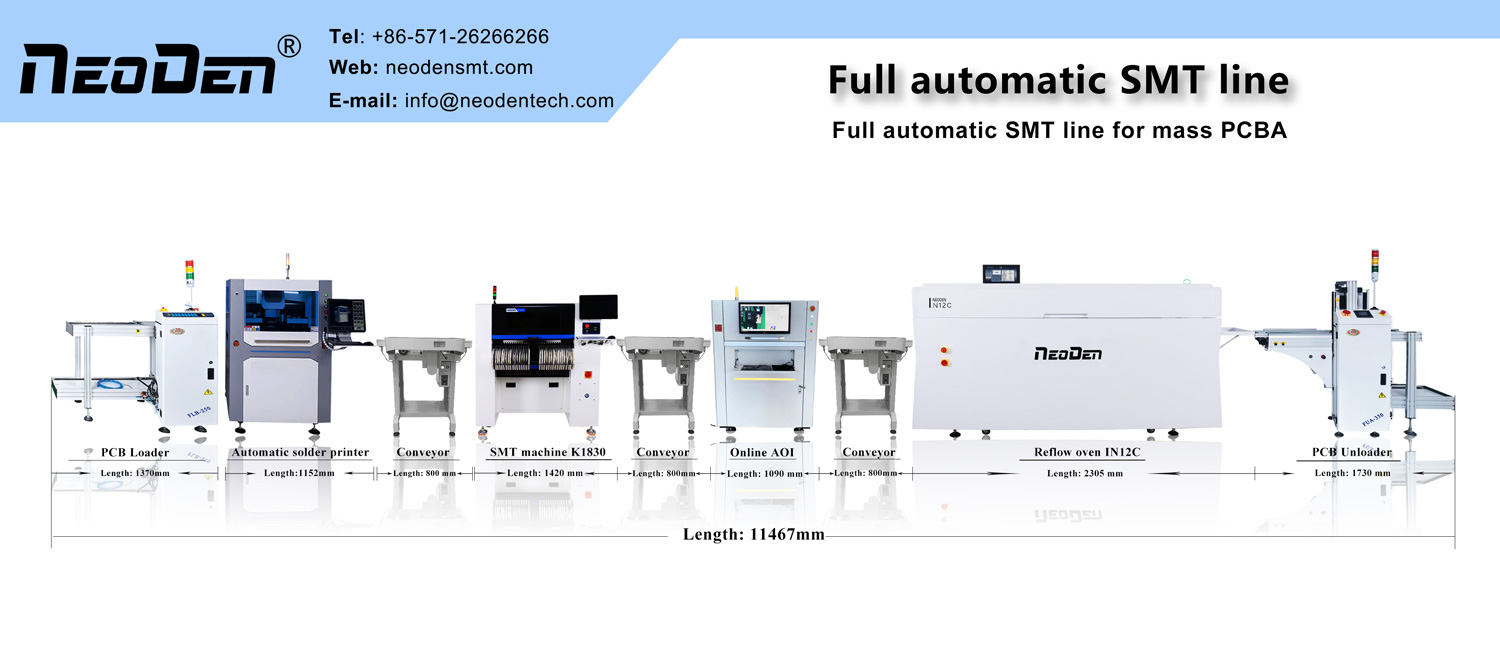1. Process principle
Electrode arc welding is an arc welding method using a manually operated welding rod. The symbol mark E for electrode arc welding and the numerical mark 111.
The welding process of electrode arc welding: when welding, the welding rod is brought into contact with the workpiece immediately after the short circuit, igniting the arc. The high temperature of the arc partially melts the electrode and the workpiece, and the melted core transitions to the partially melted workpiece surface in the form of a molten drop, which is fused together to form a molten pool. The welding electrode flux produces a certain amount of gas and liquid slag during the melting process, and the gas produced fills the arc and the surrounding area of the molten pool, playing a role in isolating the atmosphere to protect the liquid metal. Liquid slag density is small, in the melt pool constantly floating, covered in liquid metal above, to protect the role of liquid metal. At the same time, the flux skin melting gas, slag and melting the weld core, the workpiece a series of metallurgical reactions to ensure the performance of the weld formed.
2. The advantages of electrode arc welding
1) Simple equipment, easy maintenance. The AC and DC welding machines used for electrode arc welding are relatively simple and do not require complex auxiliary equipment for the operation of the welding rod, and only need to be equipped with simple auxiliary tools. These welding machines are simple in structure, cheap and easy to maintain, and the investment in the purchase of equipment is low, which is one of the reasons for its wide application.
2) No auxiliary gas protection is required, the welding rod not only provides the filler metal, but is also able to produce protective gas to protect the molten pool and the weld from oxidation during the welding process, and has a specific strong wind resistance.
3) Flexible operation and strong adaptability. Stick arc welding is suitable for welding single pieces or small batches of products, short and irregular, arbitrarily located in space and other welding seams that are not easy to achieve mechanised welding. Welding can be carried out wherever the welding rod can reach, with good accessibility and very flexible operation.
4) Wide range of applications, suitable for welding most industrial metals and alloys. Choose the right welding rod can not only weld carbon steel, low alloy steel, but also high alloy steel and non-ferrous metals; not only can weld the same metal, but also can weld dissimilar metals, but also cast iron welding repair and various metal materials such as overlay welding.
3. the disadvantages of electrode arc welding
1) the welders operating technology requirements are high, the welders training costs. Welding quality of electrode arc welding in addition to the selection of suitable welding electrodes, welding process parameters and welding equipment, mainly by the welders operating techniques and experience to ensure that the welding quality of electrode arc welding to a certain extent determined by the welders operating techniques. Therefore, welders must often be trained, the training costs required are large.
2) Poor labour conditions. Stick arc welding mainly relies on the manual operation of the welders and eye observation to complete the process, the welders’ labour intensity. And always in the high temperature baking and toxic fume environment, labour conditions are relatively poor, so to strengthen labour protection.
3) Low production efficiency. Welding rod arc welding mainly relies on manual operation, and welding process parameters to choose a small range. In addition, the welding electrode should be changed frequently, and the welding channel slag cleaning should be carried out frequently, compared with automatic welding, welding productivity is low.
4) Not applicable to special metals and thin plate welding. For active metals and insoluble metals, because these metals are very sensitive to oxygen pollution, the protection of the electrode is not enough to prevent the oxidation of these metals, the protection effect is not good enough, the welding quality does not meet the requirements, so you can not use the electrode arc welding. Low melting point metals and their alloys can not be welded by electrode arc welding because the temperature of the arc is too high for them.
4. Application range
1) Applicable to all-position welding, workpiece thickness above 3mm
2) Weldable metal range: metals that can be welded include carbon steel, low alloy steel, stainless steel, heat resistant steel, copper and its alloys; metals that can be welded but may be preheated, post-heated or both include cast iron, high strength steel, quenched steel, etc.; low melting point metals that cannot be welded such as Zn/Pb/Sn and its alloys, insoluble metals such as Ti/Nb/Zr, etc.
3) The most suitable product structure and nature of production: products with complex structures, with various spatial positions, welds that are not easily mechanised or automated; single-priced or low-volume welded products and installation or repair departments.
Post time: Oct-27-2022

